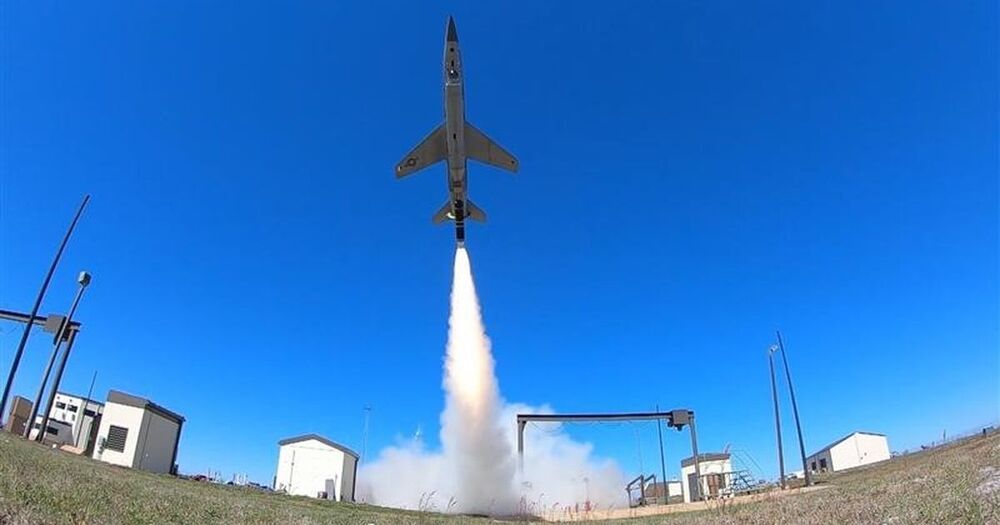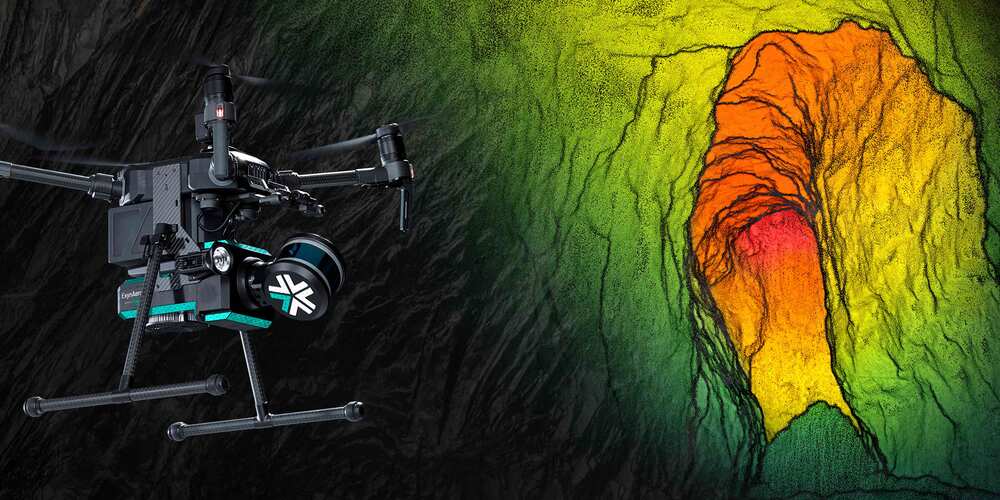The human brain has always been under study for inspiration of computing systems. Although there’s a very long way to go until we can achieve a computing system that matches the efficiency of the human brain for cognitive tasks, several brain-inspired computing paradigms are being researched. Convolutional neural networks are a widely used machine learning approach for AI-related applications due to their significant performance relative to rules-based or symbolic approaches. Nonetheless, for many tasks machine learning requires vast amounts of data and training to converge to an acceptable level of performance.
A Ph.D. student from Khalifa University, Eman Hasan, is investigating another AI computation methodology called ‘hyperdimensional computing, which can possibly take AI systems a step closer toward human-like cognition. The work is supervised by Dr. Baker Mohammad, Associate Professor and Director of the System on Chip Center (SOCC), and Dr. Yasmin Halawani, Postdoctoral Fellow.
Hasan’s work, which was published recently in the journal IEEE Access, analyzes different models of hyperdimensional computing and highlights the advantages of this computing paradigm. Hyperdimensional computing, or HDC, is a relatively new paradigm for computing using large vectors (like 10000 bits each) and is inspired by patterns of neural activity in the human brain. The means by which can allow AI-based computing systems to retain memory can reduce their computing and power demands.









